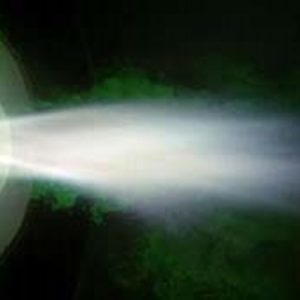-
Biden Administration to provide US$7 billion in funding to seven regional hydrogen hubs
Date posted:
-
-
-
Post Author
Patrick LaveryCombustion Industry News Editor
-
-

In the USA, the Biden Administration has awarded a total of US$7 billion in funding for seven regional ‘clean’ hydrogen hub projects. They are:
- The snappily named Mid-Atlantic Clean Hydrogen Hub (MACH2), which will span across the states of Pennsylvania, Delaware, and New Jersey, repurposing historic oil infrastructure and generating hydrogen from renewables and nuclear power, using both “established and innovative electrolyzer technologies”. The funding will be up to US$750 million.
- The Appalachian Regional Clean Hydrogen Hub (ARCH2), spanning West Virginia, Ohio, and Pennsylvania. A blue hydrogen project, it will use locally sourced natural gas and carbon capture and storage, and also involve constructing pipelines and hydrogen fuelling stations, with funding up to US$925 million.
- Production of hydrogen from renewables and biomass at the Alliance for Renewable Clean Hydrogen Energy Systems (ARCHES) in California, with a focus on use in transport and port logistics. The funding is up to US$1.2 billion.
- The HyVelocity Hydrogen Hub, centred in the Houston region of Texas, with both blue and green hydrogen production, and funding up to US$1.2 billion.
- The Heartland Hydrogen Hub across the states of Minnesota, North Dakota, and South Dakota, which will have an emphasis on decarbonising the production of fertiliser (through the production of hydrogen), as well as on the use of hydrogen for heating (of cold climate spaces), with funding up to US$925 million.
- Somewhat confusingly given MACH2 above, the Midwest Alliance for Clean Hydrogen (MachH2) project across Illinois, Indiana, and Michigan, with funding up to US$1 billion. Its focus is on the production of steel and glass using hydrogen, as well as sustainable aviation fuel. Its energy sources are to be a mix of renewables, natural gas and nuclear power.
- Pacific Northwest Hydrogen Hub (PNW H2), which will cover Washington, Oregon, and Montana, which will generate green hydrogen, and focus on bringing down electrolyser costs, with funding up to US$1 billion.
Together, the seven hubs aim to produce 3 million metric tonnes of hydrogen per year, with two-thirds of it being the green variety, and they are expected to bring forth more than US$40 billion in private investment. The major announcement is a strong demonstration of the scale at which the United States is pushing ahead with its own clean energy transition.
